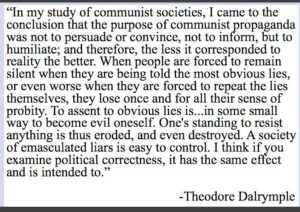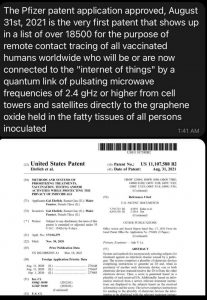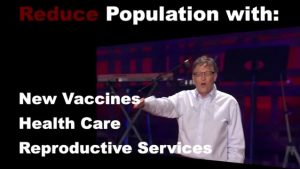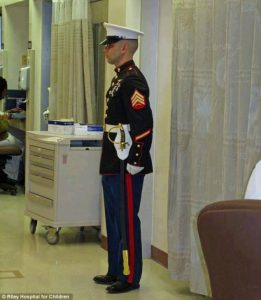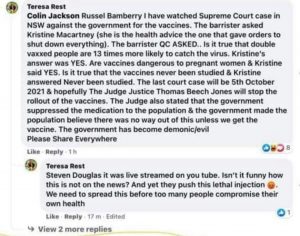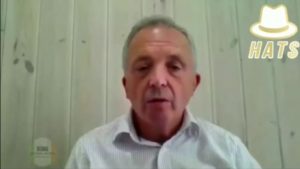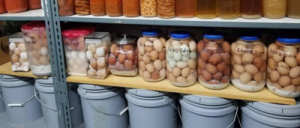
No. These are not pickled eggs. These are homegrown, unwashed eggs stored in lime water. The lime water fills in all the pores of the egg and encases them in a shell of “glass”. Water glassed eggs can last stored at room temperature like this for up to 2 years. This method of preserving raw eggs has been used since the 1800s and was common even into the 1940s and 50s. When refrigerators became a standard kitchen appliance, water glassing almost became a lost art.
You cannot use commercial eggs for this because they have all had the protective coating (bloom) washed off the shell and will quickly go bad. I recently scrambled up 18 eggs that had been stored in lime water for 7 months on an unrefrigerated cupboard shelf and they tasted perfectly fresh (although the yoke seemed a bit thinner than fresh eggs).
Anyhow, if you have an abundance of fresh, unwashed eggs, you might want to try putting some away for later. The ratio is one ounce (by weight) of lime (calcium hydroxide) to one quart of water. Calcium hydroxide is a completely natural, organic ingredient and harmless, although the powder is very fine and may irritate your lungs if you breathe it in. The lime water also quickly dried out the skin on my hands and I had to apply lotion to get them back to normal. When you do use the eggs, be sure to rinse them thoroughly before you crack them or they will taste like lime.
FYI: a gallon size container will store about 40 eggs. Lime is also known as calcium hydroxide. You can buy it in 50 pound bags in the masonry section of the hardware store, or in 1 pound bags in the canning section of the grocery store….often labeled as “pickling lime”.

